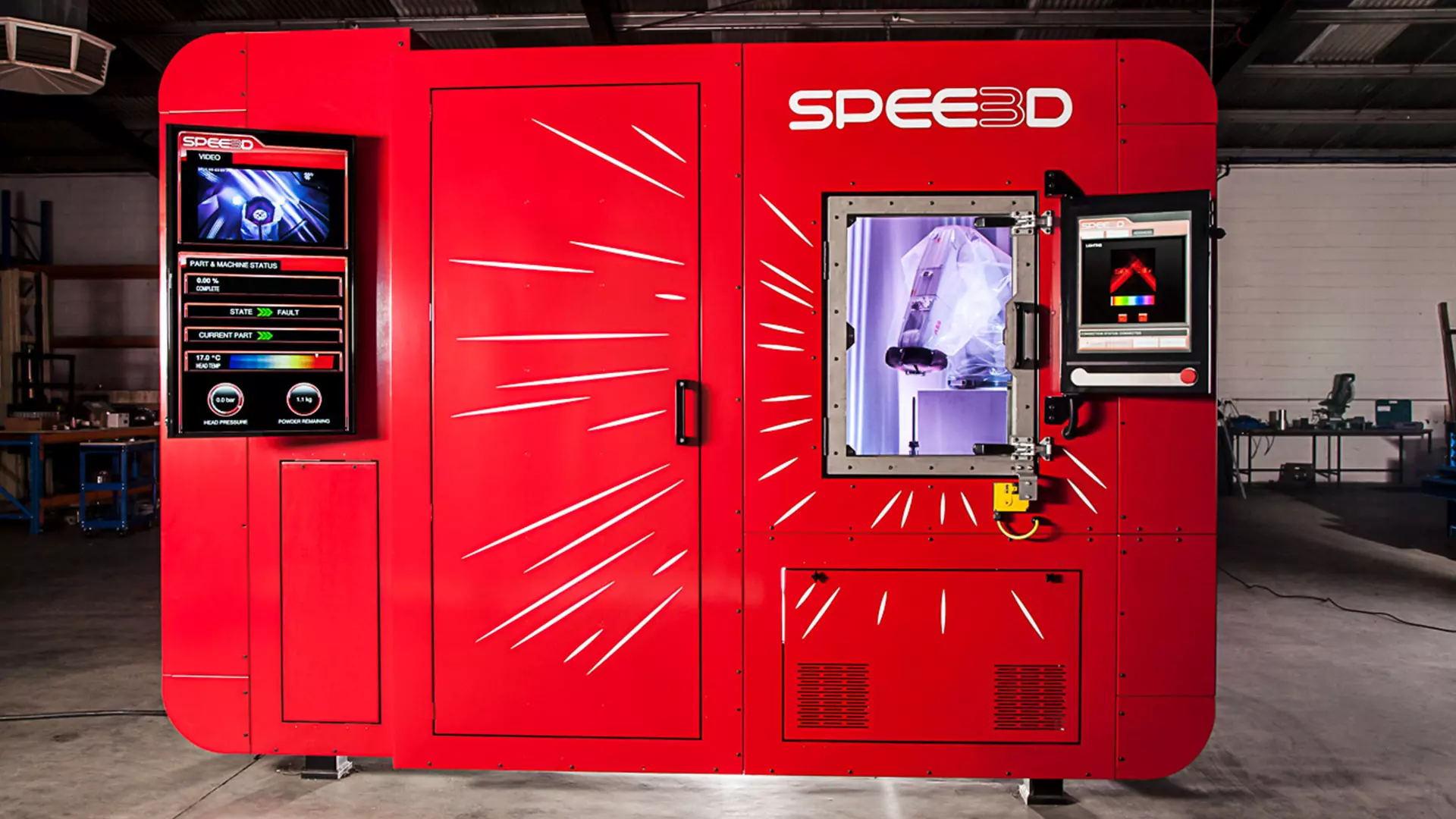Human Machine Interface Development: SPEE3D
Product Overview
SPEE3D printers enable the most affordable metal additive manufacturing process in the world. They make metal parts the fastest way possible, leveraging metal cold spray technology to produce industrial quality metal parts in just minutes, rather than days or weeks. The process harnesses the power of kinetic energy, rather than relying on high-power lasers and expensive gasses. And for the first time it allows the flexibility of metal 3D printing at normal production costs.
Responsibility
The project I was assigned to own and manage was to build the new HMI platform for the upcoming machines on offer from SPEE3D. This included:- Planning & Documentation - Using the product development process sourced from NASA, stages of planning include; Concept, System Definition, Preliminary Design, Critical Design and Operational Design reviews.
- UX planning and prototyping - Using knowledge of desired improvements of the previous HMI UX, the UX was planned out using flow charts and included the use of various 'wizards' to easily enable a user to carry out their desired functionality. A low-fidelity prototype was then created in Figma.
- Engaging with external UI/UX Contractor - Once we knew what the requirements were for the HMI we engaged with an external UI/UX contractor to develop the concept further.
- HMI software development - The software for the HMI was developed using the C++ GUI framework Qt6.
Description
SPEE3D
September 2021 - October 2022
Responsible for designing and building a new human machine interface (HMI) for an upcoming SPEE3D printer.

